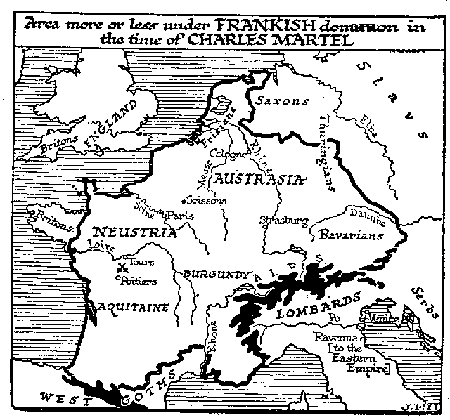| Group | Germanic (with Old English, Old Norse, Gothic etc.), West Germanic (with Old Saxon etc.) |
| Geography | Central and Southern Germany, the Kingdom of Franks |
| History | The first period of history of the German language did not have any writing (from the 5th to the 8th century AD). Since the 8th century the language was developing in the Kingdom of Franks, especially in its eastern parts where the population consisted mainly of Germanic tribes (Bavars, Alemanns, Turings). Dialects of this region formed the single language right near the 8th century. Later it becomes the official language of Germany. The Old High German language existed to the 11th century, followed by Middle High German. |
| Phonetics | Phonetics of Old High German differs greatly from that of the Common
Germanic language. The original long * turned into
(Gothic slpan vs. OHG slfan);
several important diphthongs became single vowels. The Ablaut mutation
was used widely to form morphological constructions, another significant
feature was 'Umlaut', a vowel mutation influenced by i, j
in the next syllable (alt 'old' - eltiro 'older').
Old High German was the only Germanic language which suffered the 2nd consonant shift, under which p, t, k became f, z, h after a vowel (English water vs. OHG wazzar, Gothic slpan vs. OHG slfan). This mutation was especially strict in Souther dialects, like Bavarian, and some linguists believe it was the result of the influence from some non-Indo-European nation of the Alps. |
| Nominal Morphology | Old High German was much more inflected than the modern German language. Before the 10th century its speakers used numerous endings, the noun could vary in gender (3), case (5), and number. Later the processes goin on in phonetics caused the drop of most vowels at the end of the word - and this is why the unification of declension appeared. The system of declension was destroyed by the Middle High German period. The definite article (der, diu, daz) is developed from the demonstrative pronoun in the 10th century. |
| Verbal Morphology | During the Old High German period numerous analytical constructions were appearing in the verbal structure. Before that, there was only two tenses in the language - the Present and the Preterite. Verbs could be strong or weak, both groups were divided into classes (seven classes of strong verbs used seven kinds of Ablaut mutation in the root). |
| Lexicon | Together with acquiring the Latin script, Old High German borrowed a great lot of cultural terms from Latin. But still, the basic vocabulary fund remained purely Germanic. Suffixes were extremely productive for forming abstract terms of the language. |
| Writing | Latin alphabet |
| Close Contacts | In the Kingdom of Franks, lengthy contacts with the Roman population caused the assimilation of Old High German in Gaul (modern France). Contacts with the aboriginal tribes of the Alps resulted to serious changes in the language, one of which is perhaps the 2nd consonant shift in Germanic (some similar trends are seen in Rhetoromance languages of the Alps). |
| Sample | Hiltibrant gimalahta; her was hrro man,
ferahes frtro; her frgn gistuont fhm uuortum; hwer sin fater uuri. Hildebrand here told, being a wise man,
|
| Picture |  |
| More info |